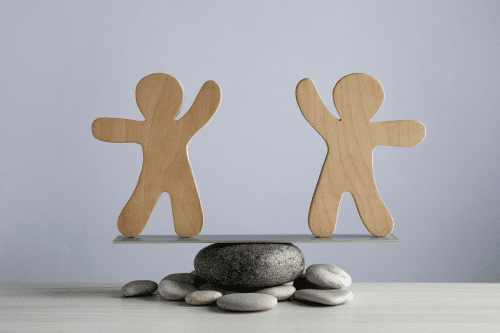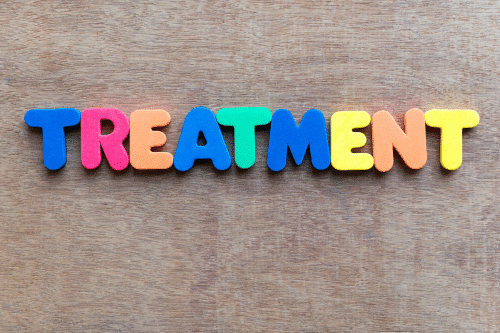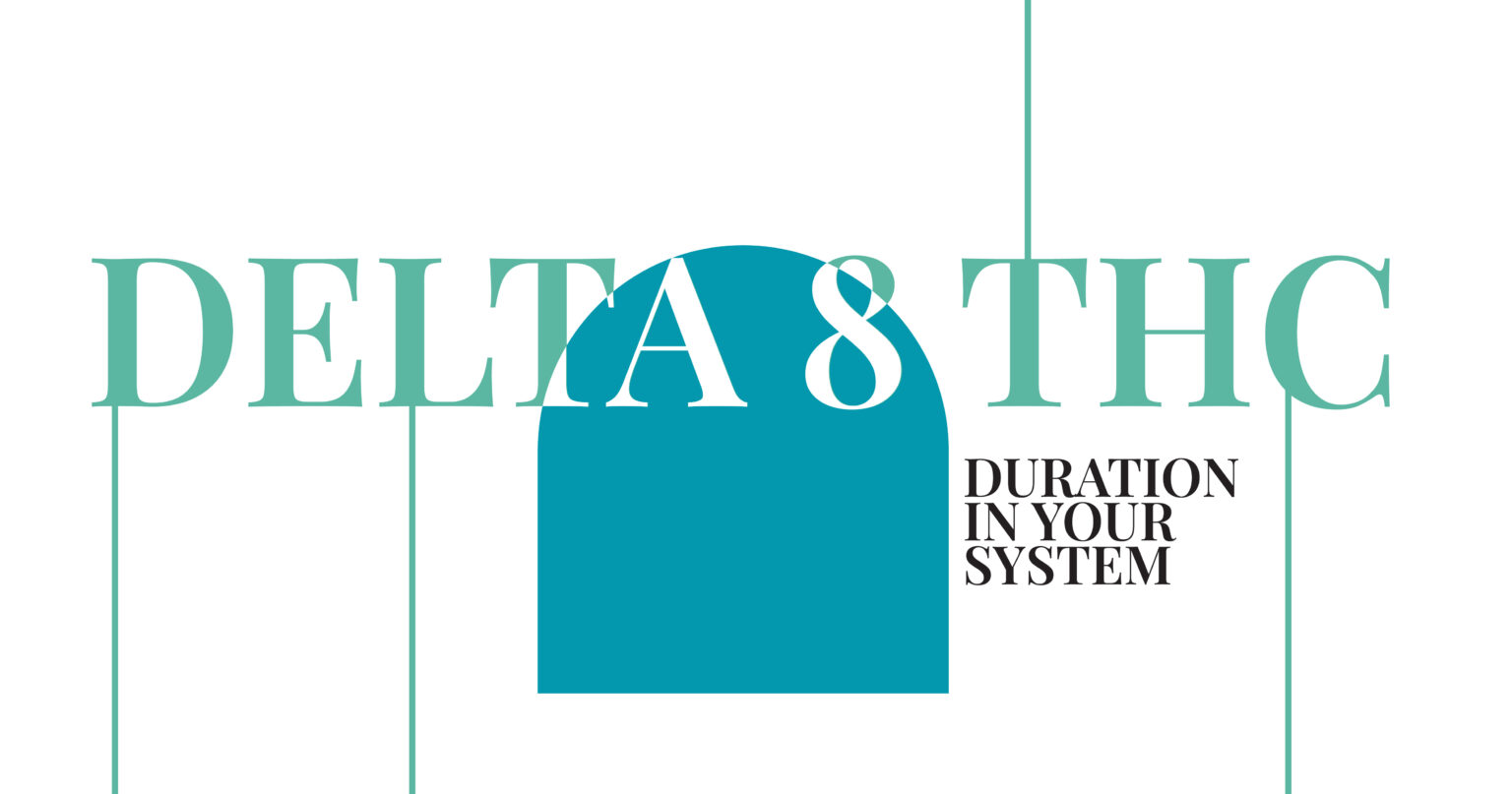Discouraged BPD: Treatment Options and Support Systems
Living with Borderline Personality Disorder (BPD) can often feel like navigating a tumultuous sea of emotions, particularly in its discouraged manifestation. This specific form of BPD is marked by overwhelming feelings of inadequacy and heightened reliance on others for validation, creating a cycle of emotional turmoil that can be difficult to break. Understanding the nuances of discouraged BPD is crucial for both those affected and their loved ones.
Research suggests that individuals with discouraged BPD often face unique emotional challenges that shape their experiences. This condition can manifest in various ways, impacting not only personal relationships but also an individual’s mental health journey. Awareness of the prevalence, demographics, and characteristics associated with discouraged BPD is vital for fostering empathy and support.
In this article, we’ll explore the symptoms, treatment options, and support systems available for those grappling with discouraged BPD. From evidence-based therapies to the significance of community support and coping strategies, we aim to illuminate pathways toward understanding and managing this complex disorder.
Characteristics of Discouraged BPD

Discouraged Borderline Personality Disorder (BPD) is a subtype that presents unique challenges. Individuals often feel a deep sense of discouragement and inadequacy. They are highly sensitive to rejection and criticism. This sensitivity affects their self-esteem and can lead to intense personal struggles.
A standout feature of discouraged BPD is the intense fear of abandonment. This fear can cause insecurity and helplessness, which complicates relationships. Unlike other forms of BPD, discouraged BPD tends to involve internalized emotional pain. This means individuals may suffer from depression and anxiety without showing obvious distress.
Relationships play a critical role in their identity. When these connections end, it can lead to significant emotional instability. This subtype often involves a heavy reliance on others for emotional support. This reliance can create cycles of clinginess and additional fears of abandonment.
Symptoms of Discouraged BPD
Discouraged BPD has distinct symptoms that set it apart from other subtypes. The following are common symptoms:
- Sense of Discouragement and Inadequacy: Individuals consistently feel they are not good enough.
- Sensitivity to Rejection or Criticism: They often feel hurt by what others say or do.
- Internalized Emotional Pain: Unlike other forms, pain is kept inside, leading to silent suffering.
- Dependence on Others: There is a strong need for validation and emotional support.
- Depression and Anxiety: Both are common, fueled by fears of abandonment.
- Feelings of Helplessness: A strong belief that they cannot change their circumstances.
Diagnosis and Assessment
Diagnosing discouraged BPD can be complex due to its internal symptoms and overlap with other mental health disorders. Diagnosis involves careful evaluation by mental health professionals. The DSM-5 is used to identify symptoms such as efforts to avoid abandonment and unstable relationships.
For a formal BPD diagnosis, including this subtype, at least five of the nine criteria must be met. These include emotional instability, impulsivity, and self-harm. Assessments involve detailed clinical interviews and symptom surveys.
Discouraged BPD can resemble conditions like depression or social anxiety, leading to potential misdiagnosis. Therefore, it is crucial for diagnosis to be conducted by experienced mental health professionals. While no definitive medical test exists, thorough interviews and psychiatric history reviews help in accurate diagnosis.
Prevalence and Demographics
Borderline Personality Disorder (BPD) affects between 1.6% and 5.9% of the population. This shows its high frequency among mental health disorders. The condition is more often diagnosed in women, which may reveal gender differences in its appearance or diagnosis. People with BPD experience emotional instability. This affects their relationships and self-image, often leading to feelings of emptiness. A large number of those with BPD, up to 90%, will face at least one major depressive episode. This highlights the common overlap with other depressive disorders. Typically, BPD symptoms start in early adulthood. They often worsen at that time but can become more manageable as people age.
Who is Affected by Discouraged BPD?

Discouraged Borderline Personality Disorder (BPD) is marked by a constant feeling of discouragement and sensitivity to rejection. People with this type of BPD are often called high-functioning or quiet. They show fewer impulsive behaviors than those with typical BPD. Their emotional distress often turns inward, leading to depression, anxiety, and a fear of abandonment. Many feel helpless, which makes them rely heavily on others for support. This can strain relationships. Their identities are often tied to their relationships, which can cause instability when those relationships end.
Age, Gender, and Cultural Considerations
BPD affects 1.6% to 5.9% of people, with women showing a higher prevalence than men. Symptoms start in early adulthood and are often more severe during this time. They can become more manageable with age. Research indicates that 30% to 90% of BPD patients experienced childhood trauma. This suggests that early negative experiences significantly influence the disorder. Childhood trauma, such as abuse, is a common starting point for many mental disorders. Its impact in BPD is broader compared to other personality disorders. Environmental factors like family dysfunction and parental mental illness are crucial in BPD development and emotional regulation issues.
Emotional Struggles of Individuals with Discouraged BPD
Individuals with discouraged BPD often grapple with feelings of inadequacy and low self-esteem. They view themselves as inherently flawed and unworthy of love. This can lead them to form dependent and codependent relationships. Such bonds make them vulnerable to staying in unhealthy situations due to a fear of loneliness.
Unlike other types of BPD, those with discouraged BPD tend to internalize their anger and frustration. This can result in self-loathing or even self-harm. An intense fear of abandonment is a defining trait, causing feelings of insecurity and helplessness. When relationships end, this fear amplifies, leading to self-doubt.
This subtype displays a mix of avoidance and dependence on others. Such behavior can destabilize their sense of identity, especially during relationship challenges.
Feelings of Inadequacy
Feelings of inadequacy are common in individuals with discouraged BPD. They often feel guilt, shame, and social anxiety. This leads to a complex mix of dependency and avoidance in relationships. With low self-esteem, they exhibit behaviors like excessive humility and submissiveness. This occurs even when they desire a more assertive role.
A strong fear of abandonment makes them emotionally vulnerable. This amplifies feelings of worthlessness and inadequacy.
Internal struggles appear as depressive symptoms and clinginess in relationships. This further reinforces their perceived inadequacies. Relying excessively on others creates a cycle of helplessness and weak self-concept.
Dependence on Others
Individuals with discouraged BPD show a significant dependence on others. They lean heavily on others for emotional support and validation. This reliance can strain relationships.
Such dependence often appears as clinginess and passivity. They might suppress their needs and desires to maintain relationships. They may become dependent on inappropriate figures, like casual friends or new partners.
Feelings of powerlessness and insecurity drive this reliance. Tasks can feel insurmountable without external support. The fear of abandonment inherent in discouraged BPD worsens this dependence. It creates a cycle where clinginess feeds anxiety about losing connections.
Here’s a concise list outlining these points:
- Dependence: Emotional support and validation from others.
- Passivity: Suppressing personal needs to keep relationships.
- Inappropriate Dependence: Relying on casual friends or new partners.
- Powerlessness: Tasks seem insurmountable without help.
- Fear of Abandonment: Leads to increased anxiety and clinginess.
Treatment Approaches

Treating Discouraged Borderline Personality Disorder (BPD) requires a well-rounded approach. This approach includes therapy, medication, and support to help individuals develop resilience and autonomy. Dialectical Behavior Therapy (DBT) is especially beneficial for this subtype of BPD. It focuses on developing skills in mindfulness, distress tolerance, emotion regulation, and interpersonal effectiveness. These skills can help manage abandonment fears and other BPD symptoms.
Cognitive Behavioral Therapy (CBT) is also crucial. It helps patients change dysfunctional self-images and relationship patterns. Psychotherapy, combined with medication management, is essential for long-term BPD management. It effectively addresses comorbid conditions, like depression and anxiety. While no medication is specifically approved for BPD, antidepressants can help manage symptoms and improve therapy outcomes.
Evidence-Based Therapies
Several therapies are effective for treating BPD. Schema therapy targets rigid beliefs and teaches emotional strategies. Mentalization-based therapy (MBT) enhances emotional regulation and helps individuals understand their thoughts and feelings. Dialectical behavior therapy (DBT) combines mindfulness with skills for emotion regulation and interpersonal effectiveness. This helps reduce self-destructive behaviors.
Transference-focused psychotherapy (TFP) uses the therapist-client relationship to explore and change unhealthy emotional patterns. Integrating psychotherapy with medication often enhances treatment outcomes for those with BPD.
Role of Psychiatric Medications
Antidepressants are the most common medications for BPD. They include selective serotonin reuptake inhibitors (SSRIs), tricyclics, and tetracyclics. While SSRIs can address anxiety and depression, they do not significantly affect impulsivity and aggression. Antipsychotic medications like ziprasidone, aripiprazole, and quetiapine help manage anxiety, impulsivity, and hostility.
Mood stabilizers are often used to manage mania, leading to more stable emotions. Medications typically take 4–8 weeks to start working, and dosages must be customized to the patient’s symptoms. Here’s a list of commonly prescribed medications for BPD:
- SSRIs (e.g., fluoxetine, sertraline)
- Antipsychotics (e.g., risperidone, olanzapine)
- Mood Stabilizers (e.g., lithium)
Overall, psychiatric medications play a supportive role. They complement therapy to help individuals with BPD achieve better mental health.
Building Robust Support Systems
A strong support system can be a lifesaver for those with Borderline Personality Disorder (BPD). Friends and family play a key role in navigating emotional distress and crises. They need to be non-judgmental and understanding, as those with BPD struggle with intense emotions and feelings of shame. Keeping clear communication is crucial. Without it, misunderstandings can lead to emotional upsets. Supporting access to professional help is also vital. Therapy and treatment are beneficial for those with BPD. Supporters should also know their own limits to maintain their well-being while helping their loved ones.
Importance of Support Networks
Maintaining a network of support is essential for managing BPD. It provides emotional backing during times of distress. Family therapy is a helpful tool, improving communication and understanding among family members. This can enhance the treatment experience for individuals with BPD. Encouraging continued treatment underscores the importance of professional help, boosting therapy effectiveness. Utilizing resources from BPD organizations offers tailored support services, like helplines, which can lessen isolation. Feeling part of a community can be pivotal for emotional healing.
Strategies for Family and Friends
Families and friends can aid someone with discouraged BPD by creating an accepting and understanding environment. Educating themselves about BPD helps them provide the right support and improved interactions. Consistent communication is key to building trust. Participating in family therapy can guide families to support their loved ones healthily, without fostering dependency. Finally, encouraging adherence to treatment is crucial. It motivates individuals to stick with therapy and use coping strategies efficiently.
Quick Tips for Supporters:
- Be non-judgmental and understanding.
- Maintain open communication.
- Acknowledge personal limits in helping.
- Encourage treatment and therapy.
- Participate in family therapy sessions.
Strategy | Benefit |
|---|---|
Non-judgmental Support | Helps reduce feelings of shame and anger |
Clear Communication | Prevents misunderstandings and upsets |
Professional Help Access | Enhances therapy effectiveness |
Family Therapy | Improves family communication and support |
Continued Education | Provides more effective and appropriate support |
Coping Strategies for Managing Discouraged BPD
Discouraged Borderline Personality Disorder (BPD) requires a comprehensive treatment approach. This often involves psychotherapy, medication, and supportive interventions. These strategies aim to foster resilience and independence. Here are a few coping techniques for managing this subtype of BPD effectively:
Mindfulness Techniques
Mindfulness is vital in Dialectical Behavior Therapy (DBT) for managing BPD. It involves staying present and handling distressing emotions calmly. By practicing mindfulness, individuals learn to respond to their feelings instead of reacting impulsively. This approach not only aids emotional regulation but also improves interpersonal relationships. Present and aware, individuals can better understand their thoughts and emotions, enhancing their self-reflection.
Healthy Communication Skills
Developing healthy communication skills is crucial for individuals with Borderline Personality Disorder (BPD), especially for managing unstable self-image, negative emotions, and persistent feelings of distress. Clear expression of emotions helps prevent misunderstandings in relationships, reducing instances of passive-aggressive behavior or inappropriate anger. Through therapy, such as cognitive behavior therapy (CBT) or types of therapy tailored for BPD, individuals can learn to articulate their needs without self-destructive behaviors or dangerous behaviors.
Here are some key skills to develop:
- Boundary Setting: Define clear limits in relationships to manage emotional attachments and avoid clingy behavior or chronic abandonment concerns.
- Recognize Triggers: Document triggers like feelings of unworthiness or anger to sadness to communicate emotions better and manage mood swings.
- Support Groups: Participate in support groups to share experiences, practice expressing emotions constructively, and improve relationships, especially for those with co-occurring disorders like anxiety or substance use disorders.
Engaging in these strategies improves emotional control, reduces the impact of negative thought patterns, and fosters healthy relationships, which are often a cornerstone of BPD treatment. By addressing behavior patterns and working with healthcare providers, individuals can enhance their daily life, manage the severity of symptoms, and improve their overall quality of life.
Emotional Regulation Strategies
Emotional regulation is critical for managing BPD’s intense emotions. DBT combines mindfulness with interpersonal and emotional regulation skills, providing a structure for managing distress. Cognitive Behavioral Therapy (CBT) complements this by addressing negative thoughts contributing to emotional issues. Although no medication is approved specifically for BPD, treating related symptoms like depression can aid stability. Creating an understanding family environment supports emotional regulation efforts. Here is a table of strategies:
Strategy | Description |
|---|---|
Mindfulness | Stay present, manage emotions, and improve self-awareness. |
CBT | Restructure negative thoughts and improve emotional responses. |
Medication | Address symptoms like depression for emotional stability. |
Supportive Environment | Foster understanding at home to aid emotional management. |
By integrating these strategies, individuals with discouraged BPD can build healthier lives.
Accessing Mental Health Resources
Access to mental health resources is crucial for those managing Borderline Personality Disorder (BPD), particularly for individuals struggling with self-destructive behaviors, feelings of emptiness, or chronic feelings of distress. Local emergency services, like crisis teams, can intervene during intense emotional distress, especially when suicidal behavior or self-harming behaviors arise. Organizations such as BPD World offer lists of helplines specifically for those with BPD in the United States. The National Institute of Mental Health (NIMH) provides both crisis helplines and treatment for co-occurring disorders, such as substance use disorders and anxiety disorders.
Additionally, the Substance Abuse and Mental Health Services Administration (SAMHSA) has a treatment locator for finding mental health services nearby. If someone is at immediate risk, it’s vital to ask direct questions and contact crisis counselors or emergency services promptly to ensure safety.
Finding Qualified Professionals
Finding a qualified mental health professional is the first step in managing BPD symptoms, such as intense anger, unstable moods, or a negative self-image, effectively. A licensed clinician can provide an official diagnosis and outline a treatment plan tailored to the core symptoms of BPD. Therapy, such as schema-focused therapy, psychodynamic therapy, or cognitive behavior therapy (CBT), is often the primary treatment and involves regular sessions with a therapist. It’s essential for individuals to discuss any side effects from prescriptions with their doctor, especially for those managing co-occurring disorders like depression, alcohol addiction, or post-traumatic stress disorder (PTSD).
For discouraged BPD, a holistic approach is usually adopted, involving effective treatments like psychotherapy, medication, and support groups. Families can help by creating an accepting and understanding environment—this support is invaluable in managing chaotic relationships, emotional outbursts, and improving daily functioning.
Community Resources and Support Groups
Community support is fundamental for individuals with BPD who struggle with erratic behaviors, dramatic behaviors, or difficulties in relationships. Support groups offer a network of understanding peers, family, and organizations. Participation in these groups helps individuals identify and understand triggers, such as fear of rejection, and develop coping strategies for managing intense relationships or episodes of anger. Support groups can also address co-occurring mood disorders, promoting overall emotional health and quality of life.
It’s crucial for family members to be familiar with local mental health resources, such as crisis teams and inpatient programs, for emergency interventions. Open discussions about crisis intervention preferences empower families to advocate for the best support and treatment options, improving outcomes for those with BPD.




